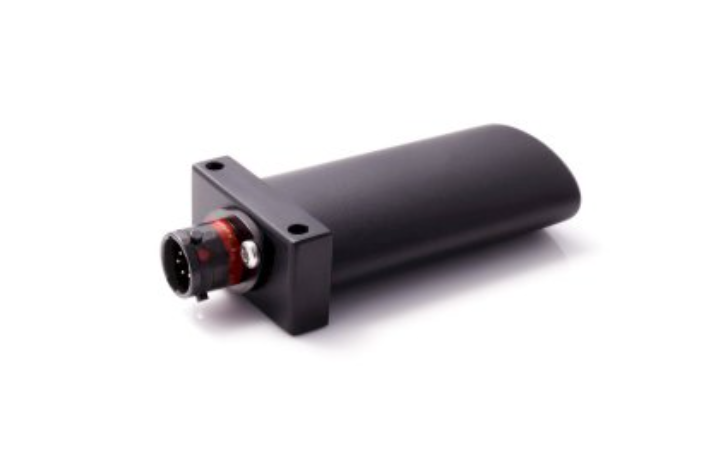I. Introduction of wireless torque sensor
The wireless torque sensor node is simple and easy to use. Simply fix the sensor node, battery and strain gauge to the rotary axis, measure the strain value of the rotary axis directly, transmit it wirelessly to the gateway or routing node in real time, and calculate the torque value using the strain-to-torque conversion formula within the acquisition control software.For long-term monitoring applications, conversion algorithms can also be embedded within the node to directly transmit torque values. The wireless torque sensor node greatly saves the labor and material resources consumed in testing due to repeated deployment of wired data acquisition equipment. The wireless digital signal transmission method eliminates the noise interference caused by long cable transmission and collector ring, and the whole measurement system has extremely high measurement accuracy and anti-interference capability. Wireless sensor nodes can form a huge wireless sensor network, supporting thousands of measurement points for simultaneous measurement.
II. Introduction of wireless torque sensor
WTS (Wireless Torque Transducer) is new for 2018 and measures drive shaft or axle torque for racing applications such as single-seaters and sports cars. The system includes:
WTS (Wireless Torque Sensor) module is a strain gauge + strain amplifier + transmitter + battery assembly in a two-part housing.The WTS (Wireless Torque Sensor) clamps around the shaft and rotates with the shaft.
GenWM is a receiver installed in the vehicle to collect data from the WTS (Wireless Torque Sensor). The module provides CAN output.
Available in different frequencies, the unit can be programmed via our CAN: 1 Hz, 10 Hz, 50 Hz or 100 Hz. Using one GenWM receiver, you can collect data from two WTS (Wireless Torque Transducer) modules transmitting data at frequencies up to 100 Hz. The new WTS (Wireless Torque Transducer) housing is designed to accommodate different shaft diameters, down to 24 mm.
The high-performance wireless torque sensor combines the sensor with wireless communication technology to enable wireless transmission of data. After the electrical torque signal is amplified and A/D converted by the signal processing circuit controlled by the microcontroller, the encoder transmits the collected digital quantity code to the transmitter module for transmission. After the receiver module receives the data, the decoder transmits the decoded data to the microcontroller and the LED displays the obtained torque data value. The sensor data acquisition and transmitting circuit consists of a torque sensor, a signal processing section, a microcontroller and a wireless transmitting circuit. The torque sensor transmits the strain electrical signal generated by the resistance strain gauge to the signal processing circuit. The signal processing section extracts and amplifies the sensor analog signal and performs analog/digital conversion.The microprocessor is responsible for controlling the work of all parts of the control system devices and processing the digital signals. The wireless transmitter circuit is controlled by the microprocessor, and the encoder encodes and processes the collected information data accordingly, and transmits it with the transmitter module. Wireless transmission is realized.
III. Wireless torque sensor application
Wireless torque sensor is widely used in automotive, industrial rotating machinery and equipment torque, power measurement and vibration online monitoring, can measure torque, speed and power parameters, such as motor output shaft, fan rotation shaft and propeller shaft, etc.







